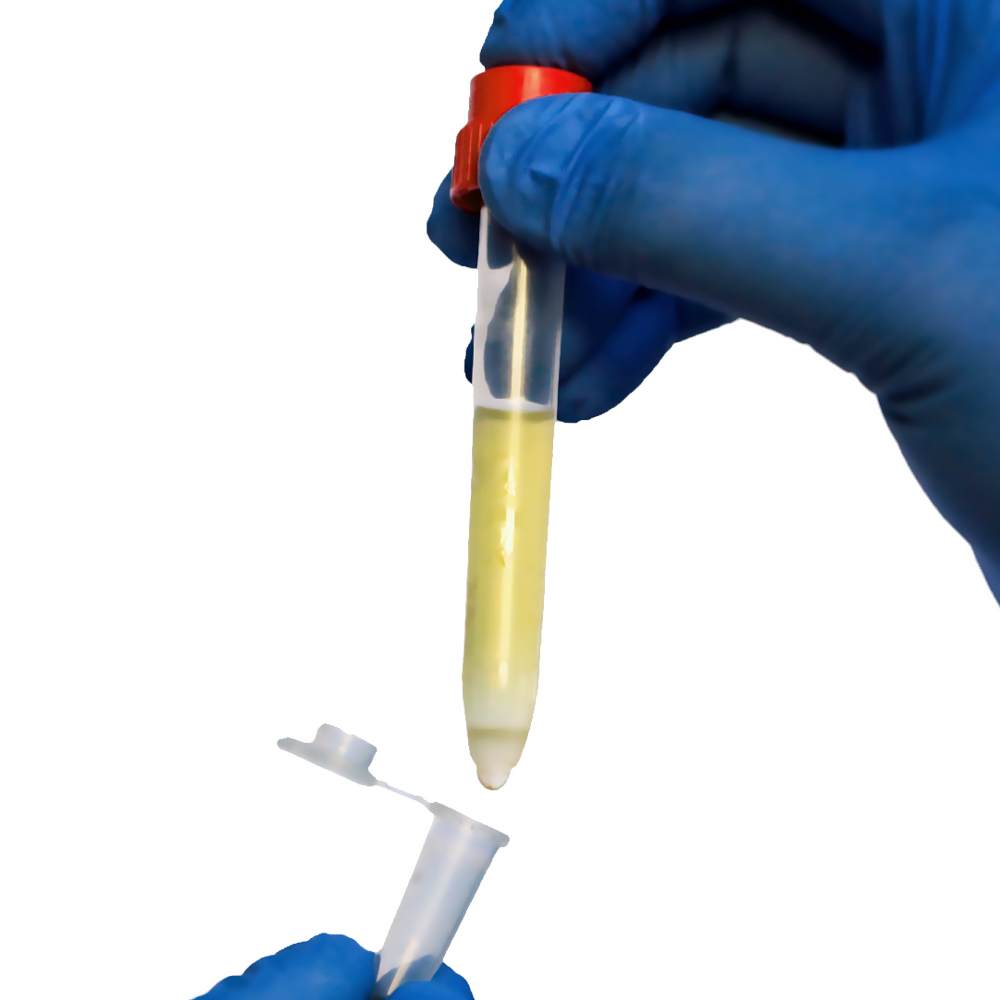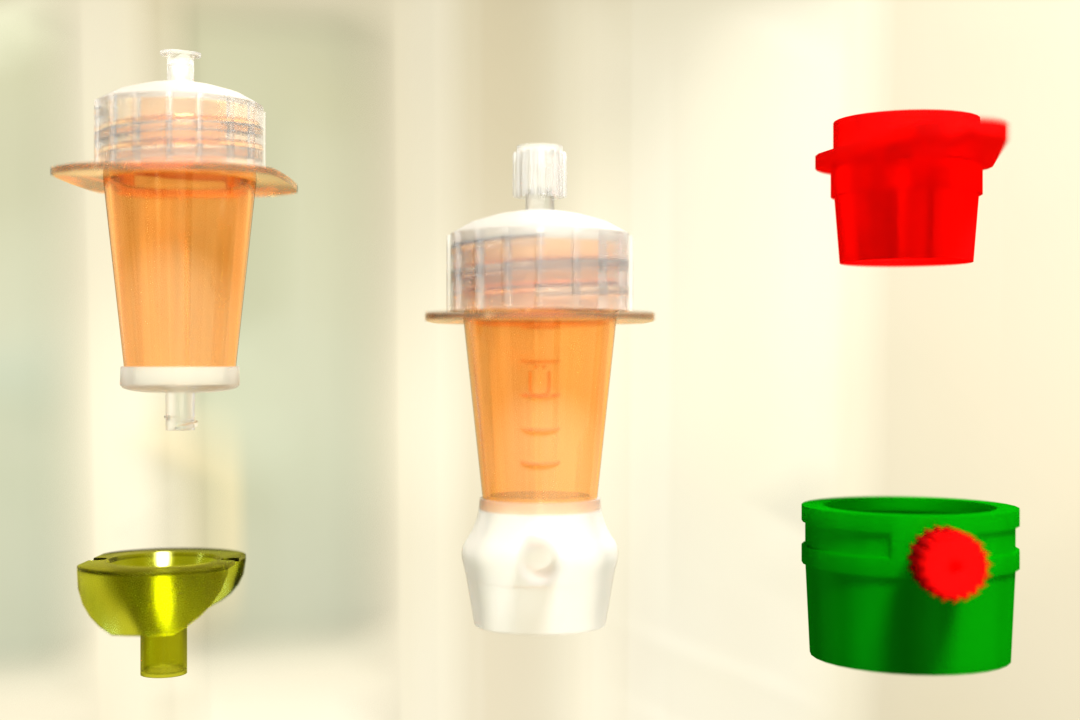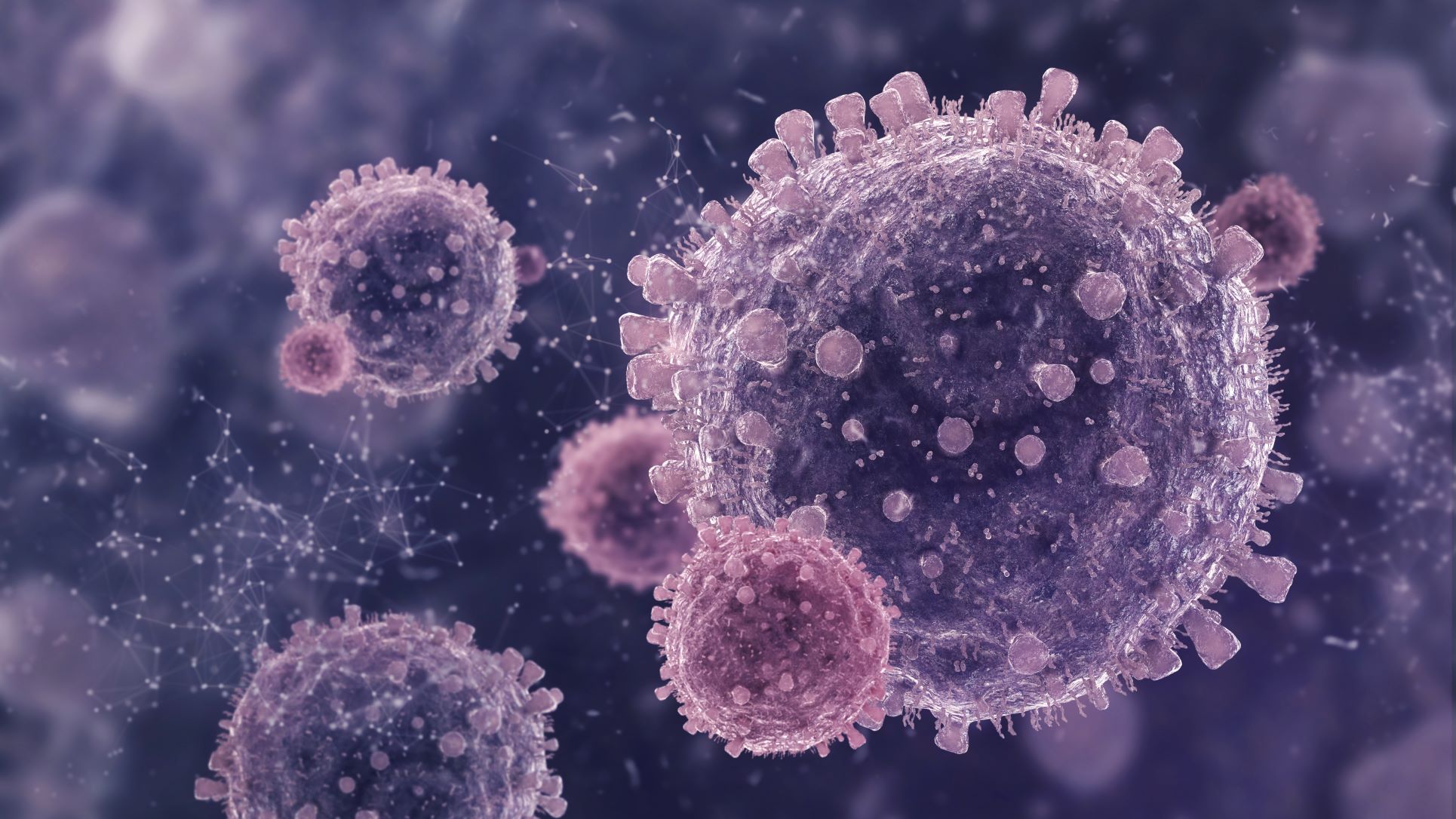Re-strainers are a valuable tool for researchers looking to maximize cell separation efficiency. Learn more about our Re-strainers in this detailed blog.
Cell separation is a vital step in many biological and medical research applications. It involves isolating specific types of cells from a heterogeneous mixture. This process enables scientists to study and analyze the function, behavior, and characteristics of specific cells. Cell strainers are essential tools that help researchers to isolate cells from tissue samples or suspensions. Cell strainers like In line strainers are used in a variety of applications, including flow cytometry, cell culture, and molecular biology.
One of the primary benefits of cell strainers is that they can help researchers obtain high-quality cell suspensions. A high-quality cell suspension is crucial for downstream applications such as flow cytometry or cell culture. Using a cell strainer ensures that only single-cell suspensions pass through, reducing the chances of clumping or aggregation, which can lead to inaccurate results in downstream applications. Cell strainers are also useful in removing debris and unwanted particles from cell suspensions.
Tissue samples, for example, may contain a variety of unwanted particles such as connective tissue, dead cells, and other impurities. These impurities can affect the accuracy of downstream applications. Using a cell strainer to remove these unwanted particles ensures that researchers obtain pure cell suspensions, leading to more accurate results. Another benefit of using cell strainers is that they are cost-effective and reusable.
Unlike other methods such as centrifugation or density gradient centrifugation, which require the use of specialized equipment, cell strainers are relatively inexpensive and require minimal equipment. Additionally, they can be reused after sterilization, making them a cost-effective solution for researchers.
Re-Strainer
With the potential for particle recovery, the Re-Strainer is a filtration system for large volumes of liquid that can separate or concentrate particles from liquids. To access the 6 ml recovery reservoir, unscrew the cap. On the re-strainer, there are two female luer-lock ports.
These ports can be used to integrate the Re-Strainer as an in-line-strainer using a luer-lock tube adaptor or to connect multiple Re-Strainers to a filter cascade (male to male luer-lock connector).
To give the tool the greatest possible mechanical stability, the mesh is a seamless component of the housing.
Applications of Re-Strainer
- Filtration of large sample volume
- Cascade filtration
- Size-fractionation of particles
- Removal of smaller impurities
- The concentration of rare particles from large volumes
- Cartridge for affinity chromatography gels
PluriStrainer
A sterile sieving tool called the PluriStrainer is used to get true single-cell suspensions or get rid of cell aggregates. It is considered one of the best Lab Cell Strainers. With a Connector Ring (41-50000-03), it can be used to support filtration using low pressure, and its distinctive design enables better ventilation to prevent clogging.
Applications of PluriStrainer
PluriStrainer
Plug the pluriStrainer onto a 50 mL tube. Place your sample material on top. Only a portion of your sample material will be processed. You can force low pressure to support the straining of rough sample material while pulling the piston by inserting a syringe into the Connector Ring.
Stacked pluriStrainer
The best lab cell strainers, called PluriStrainers, come with various mesh sizes that can be stacked to strain various cell sizes simultaneously.
Reversed pluriStrainer
Remove the pluriStrainer, place it upside down on another 50 ml tube, and flush the sample back into the pluriStrainer to obtain the larger fraction.
PluriStrainer with Connector Ring
In order to physically separate tissues, you can adjust the flow rate by opening and closing the Luer-Lock (brain, spleen, etc.). When the Luer-Lock is opened, the test substance will pass through.
PluriStrainer with Funnel
Insert a funnel on the pluriStrainer (42-50000-03). Additionally, 24 mL of sample substance may be added.
Connector Ring, PluriStrainer®, and Syringe
You can apply low pressure with a syringe attached to the Connector Ring to help strain the rough sample material as you pull the piston.
Specifications of PluriStrainer
- Mesh Size: 1 – 500 μm
- Mesh Material: PET
- Mesh Type: Woven
- Housing Material: LD-PE (Low-Density Polyethylene)
- Sterility: Gamma Ray Sterilized
Key features of PluriStrainer
- It is simple to sieve materials with mesh sizes ranging from 1 to 500 m.
- Reverse the process to get the larger fraction.
- Multiple target sizes can be stacked.
- Larger sample volumes require a funnel.
- Connector Ring for Flow Control
- To aid sieving low pressure is used.
What is PluriMate?
To separate leukocytes and platelets from whole blood and bone marrow, PluriMate was developed. A density gradient centrifugation can be performed using this centrifuge tube. The porous sponge incorporated into the centrifuge tube’s bottom is what makes PluriMate unique. High-quality polyurethane was used to create this barrier. By doing away with the need to overlay the sample material, you can save time and effort. The blood sampling tube can be used to transfer anticoagulated blood or bone marrow directly into the pluriMate tube. The sample and the separation medium are separated by the porous barrier.
Cell strainers are also versatile tools that can be used in a variety of applications, making them an essential component of any cell separation workflow. As research continues to evolve, cell strainers will remain an essential tool for scientists studying the complexities of cellular biology.
Are you trying to find the top cell strainer for your research? To order high-quality In line strainers, please visit our website.
Reference:
NCBI
BU EDU
 English
English French
French
 German
German
 Spanish
Spanish
 Belgium
Belgium
 Italian
Italian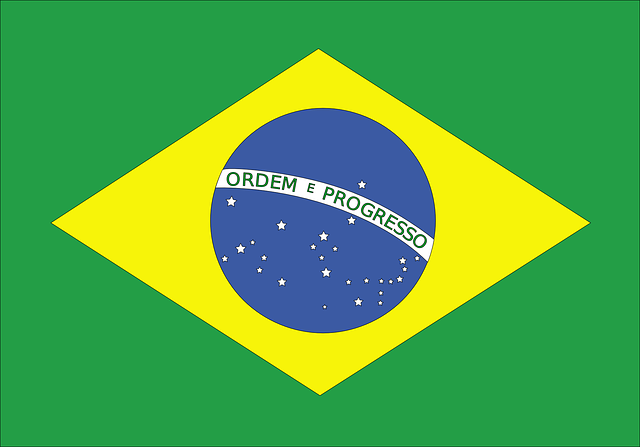 Brazil
Brazil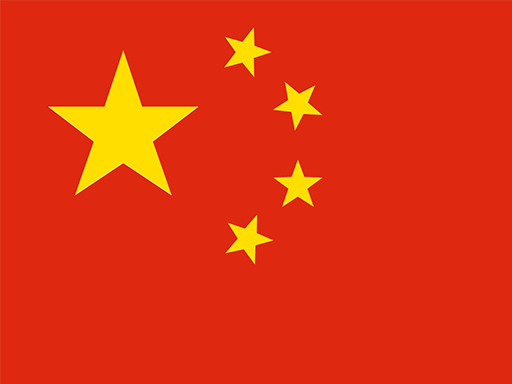 Chinese Mandarin
Chinese Mandarin
